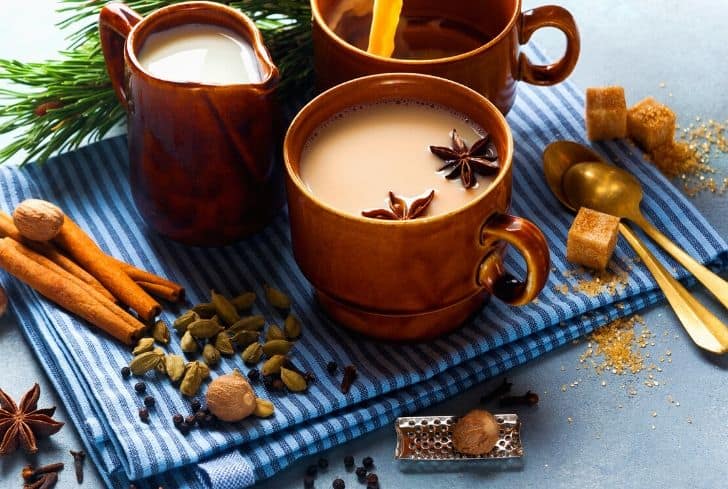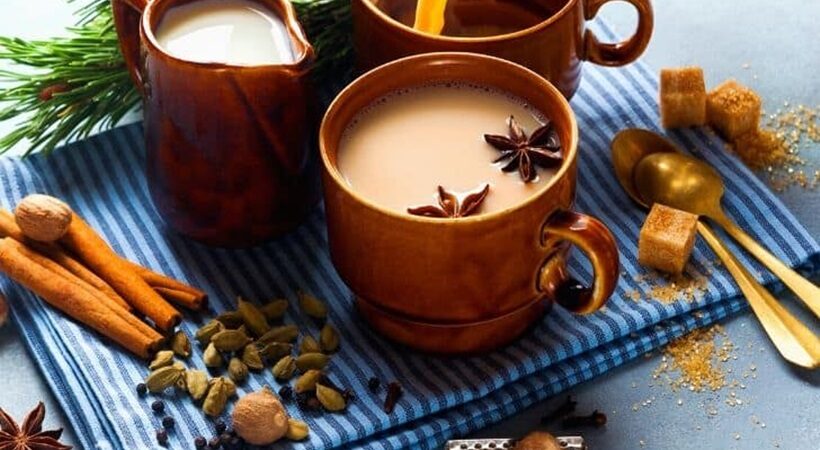Two Indian foods to recently receive the Geographical Indication (GI) tag happen to be Manipuri black rice and the Kashmiri Saffron. GI tag is a measure that defines the region of origin of food or agricultural produce. It further signifies the origin of a product as intellectual property of the region. It is usually given to indigenous agricultural products, food items, handicrafts, etc. Introduced in 2003, India has over 350 GI-tagged products today.
Dharwad Peda
Having a history of around 175 years, this sweet has been accorded GI tag number 80. Dharwad Peda is an Indian sweet delicacy unique to Karnataka, India. Derived its name from Dharwad in Karnataka, the peda was started by the Thakur family who had migrated from Unnao, Uttar Pradesh to Dharwad after the plague broke out in Unnao in the early 19th Century. To make the milk-based sweet item, milk, sugar and Dharwadi buffalo milk are required. Ram Ratan Singh Thakur, a first-generation confectioner, started producing and selling pedas locally. His grandson Babu Singh Thakur, however, helped grow the family business further in their Line Bazaar store and the peda came to also be called locally as the “Line Bazaar Peda”. The sweet variant got the GI tag in the year 2007.
Hyderabad Haleem

It is a type of haleem popular in Hyderabad, India. This is a stew composed of meat, lentils and pounded wheat made into a thick paste. Originally an Arabic dish that was introduced to Hyderabad by the Chaush people during the rule of the Nizams in Hyderabad. By the 19th century, local traditional spices helped the unique Hyderabadi Haleem to evolve, making it popular among the native Hyderabadis. In recognition of its cultural significance and popularity, Hyderabadi Haleem was granted Geographical Indication status by the Indian GIS registry office in 2010. With this, it became the first non-vegetarian dish in India to receive this status.
Ratlam Sev
The famous Ratlami Sev is synonymous with Ratlam which is a small town in the Malwa region in Madhya Pradesh (MP). This snack accidentally got prepared around the 19th century as the Mughals were passing through this region while on tour and suddenly felt the urge to eat sevaiyan (wheat vermicelli). As sevaiyan is prepared from wheat and it was unavailable in Ratlam at that time, the Mughals asked the then tribals of the region Bhil to make sevaiyan with gram flour. Thus originated the Ratlami Sev. The gram sevaiyan was initially known as Bhildi sev and was commercially produced in the 1900s. In 2014-15, the light yellow crispy sev made of gram flour and spices was granted the GI tag.
Mihidana and Sitabhog

In 2017, West Bengal’s Bardhaman got the GI tag for the century-old sweetmeats Mihidana and Sitabhog. These two special sweets are often pronounced as a pair. ‘Mihi’ means fine and ‘dana’ implies grain or granular. Mihidana is easily identified by its yellow colour. Sitabhog, which is white in colour and looks like tiny strands of vermicelli, is made of fragrant Gobindobhog rice flour, chhena (cottage cheese) and sugar and ghee. Tiny gulab jamun-like globules are added to the finished product along with garnishes.
Darjeeling Tea

The history of Darjeeling tea can be traced back to the British era in the 18th Century when Dr. A Campbell used to be the superintendent of Darjeeling. He purchased the planted seeds from the Kumaon highlands of North India near his residence, and the British government, enthralled by the tea nursery’s success, decided to make more tea nurseries in the region. Darjeeling tea was given the first GI protection in 2004. It is known to be a high-quality tea produced in the hilly areas of West Bengal’s Darjeeling district. It has a distinct flavour that has earned the respect and admiration of various consumers across the world for over a century. Therefore, in October 2019, the green tea and white tea of Darjeeling also got registered under the Act to help strengthen the GI protection of Darjeeling tea.



















